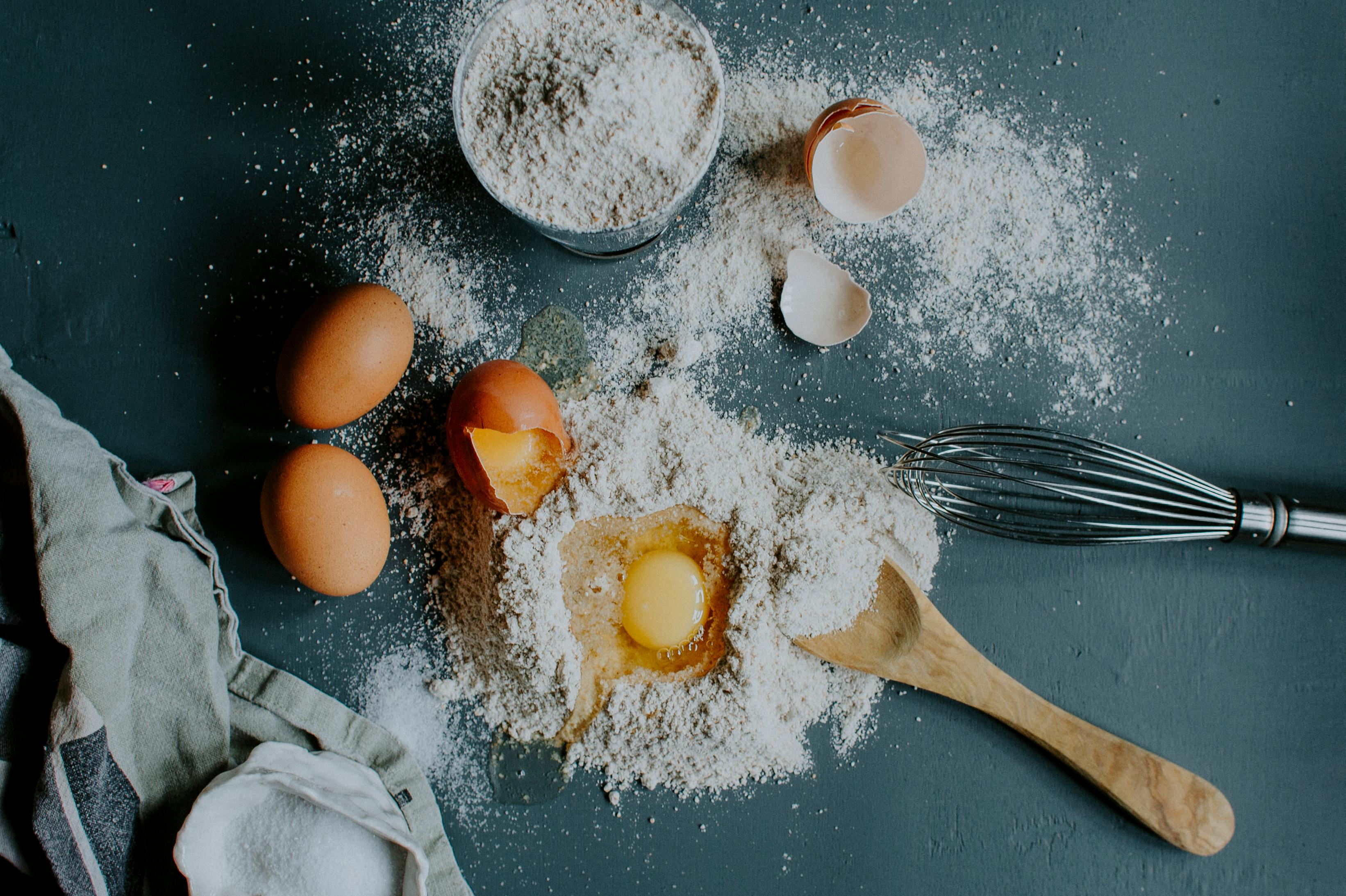Sink rarely comes first when homeowners think of kitchen renovation, yet it is a vital part of any kitchen upgrade. When you are choosing and looking through the multitude of options available on the market in terms of cabinets and appliances, the sink may be pushed in only as an afterthought. But the truth of the matter is that if you want to make sure your kitchen looks its best, you shouldn’t overlook or ignore what gets used the most in your kitchen.
The main factors that should be considered when choosing a sink include the material, shape and color of the sink, as well as the mounting top.
Factor 1: the material
There are a wide variety of sinks available today, with the most common being stainless steel, acrylic, porcelain, and solid surface materials. Each of these materials has its own benefits:
Stainless Steel Sinks: This type of sink is very easy to install and clean and comes in a wide range of prices. However, they can be easily scratched (especially the thin ones), tend to be a bit noisy as it intensifies the sound of running water, and can easily get dented. If you decide on stainless steel sinks, you must take into account the gauge and thickness; in general, thicker materials are quieter and stronger.
Porcelain: These sinks have a base made of cast iron (or other similar materials) but have a porcelain coating. They can be easily polished to a shine, but tend to chip if heavy materials are thrown at them the wrong way. It is also prone to staining which can be difficult to remove if regular maintenance is not done.
Solid Surface Materials: These sinks have been popular today and are available in many colors that you can match with your countertops. There are also high-end faux granite and stone finishes so you can create an elegant look. These materials are scratch resistant, stain and heat resistant. However, they can be relatively expensive.
Acrylic: These sinks are also common, like porcelain ones. It is resistant to stains and there are models that have germ-fighting properties. However, they don’t tend to resist heat as well as other materials.
Factor Number 2: Shape
The sinks come in single, double, and triple bowl designs. Double bowls or a single large one would be best if you wash a lot of baking pans so there is plenty of room to set them to soak. Three-bowl designs typically include a smaller sink that is primarily for rinsing or garbage disposal. The most important thing is that you evaluate the needs of your kitchen and choose the shape and size that best suits you.
Factor number 3: mounting style
Sinks can be mounted on top (connected above the counter), under (connected below) or recessed (flush with the counter).
Top-mounted sinks are usually the easiest to install, but they can be difficult to clean up crumbs and spills. Undermounts take more time and are more difficult to install, but they generally look more integrated (especially if both the sink and countertop are the same material) and easier to clean. Undermount sinks also look like they are built in, but they can be difficult to keep clean because of the grooves.
Always remember that despite all these considerations, what you should choose is a sink design that looks good and at the same time makes your cooking and washing as convenient as possible.
